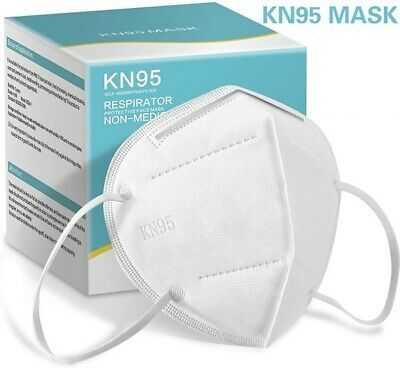
NewsInformation Center
Tests and standards for flame retardant performance of masks
2023/07/10
In order to ensure the quality and safety of masks, many countries and regions have developed various mask standards. One of them is the test and standard for flame retardant performance of masks. This article will introduce the methods and standards for testing the flame retardant properties of masks.

The method of mask flame retardant performance test
Mask flame retardant performance test is to evaluate the safety of the mask by simulating the protective performance of the mask under the heat source such as direct combustion of fire or sparks splash. At present, the following two test methods are common internationally:

1. Vertical combustion test method
Vertical burning test is to evaluate the flame retardant performance by placing the sample vertically on the burner, igniting the standard fire source, and measuring the sample's burning time, burning length, burning residue and other indicators. This test method is mainly applicable to the flame retardant performance test of fiber products, fabrics and other materials, but there may be large errors in the test results for finished products such as masks.
2. Horizontal burning test method
Horizontal burning test is to evaluate the flame retardant performance by placing the sample horizontally on the burner, igniting the standard fire source, and measuring the sample's burning time, burning length, burning residue and other indicators. The test method is mainly applied to the testing of finished materials, such as masks, protective clothing, etc.
Test and standard of flame retardant performance of masks
For the test of flame retardant performance of masks, the following two standards are commonly used in the international arena:
American standard ASTM F2100
ASTM F2100 is the benchmark standard for the U.S. mask standard, which contains a number of performance tests for masks, including the flame retardant performance test of masks. ASTM F2100 requires that when the mask is subjected to a standard fire source burning test, the burning time should not exceed 5 seconds, and there should be no obvious burning residue.
EU Standard EN 14683
EN 14683 is the benchmark standard for the EU mask standard, which also contains a number of performance tests for masks, including the flame resistance test for masks. EN 14683 requires masks to be subjected to a standard fire test with a burn time of no more than 5 seconds and no visible combustion residue.
Mask flame retardant performance test is one of the important means to assess the safety of masks. At present, the international common test method mainly has two kinds of vertical combustion test and plane combustion test, of which plane combustion test method is more applicable to the test of masks and other finished products. The American standard ASTM F2100 and the European Union standard EN 14683 are the commonly used international standards for masks, both of which contain the requirements for flame resistance testing of masks.
Previous: How can the intensity of the xenon arc lamp be adjusted during testing?
N e x t : Can you tell me the role of zipper SGS, ITS test?



